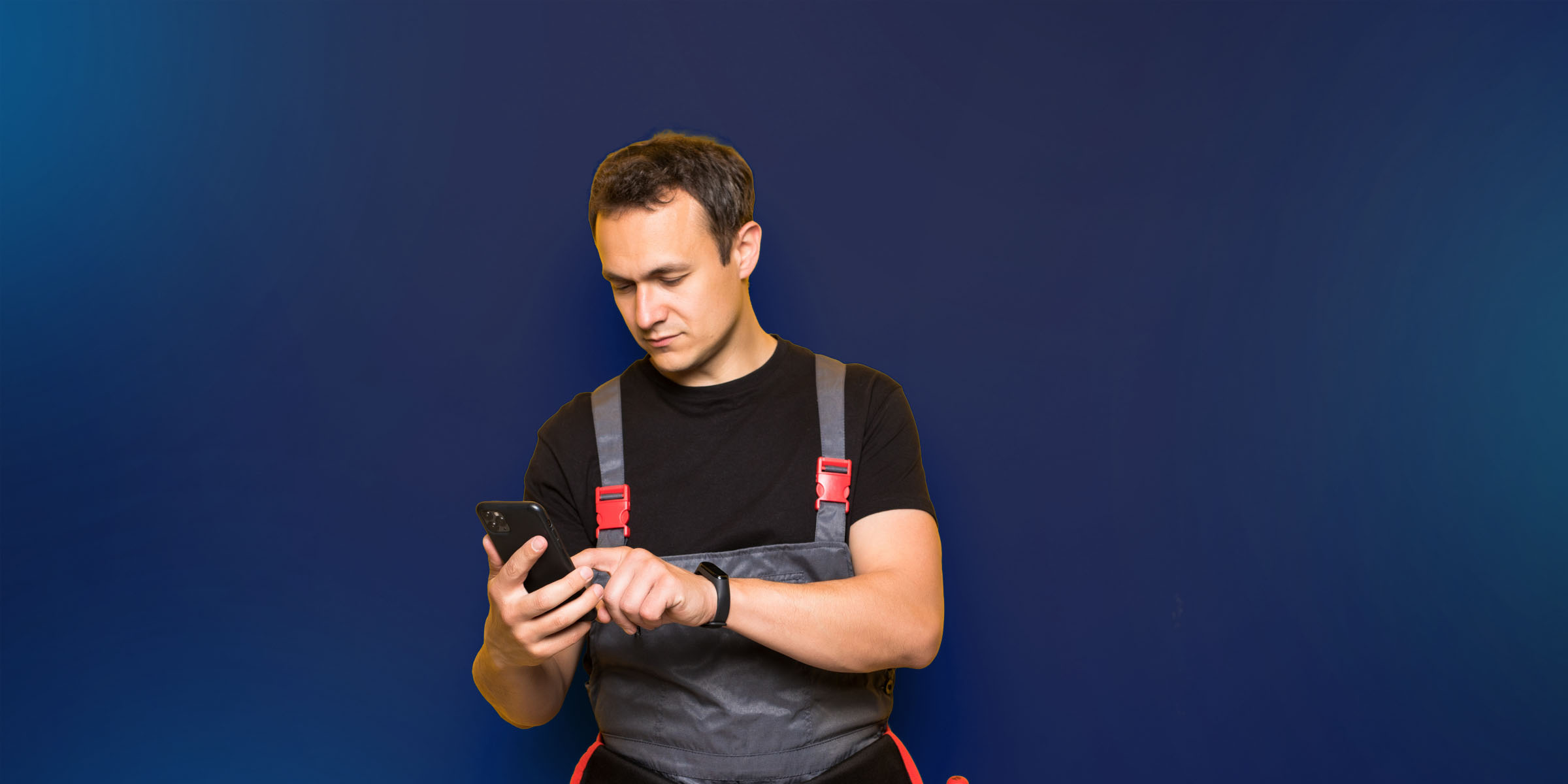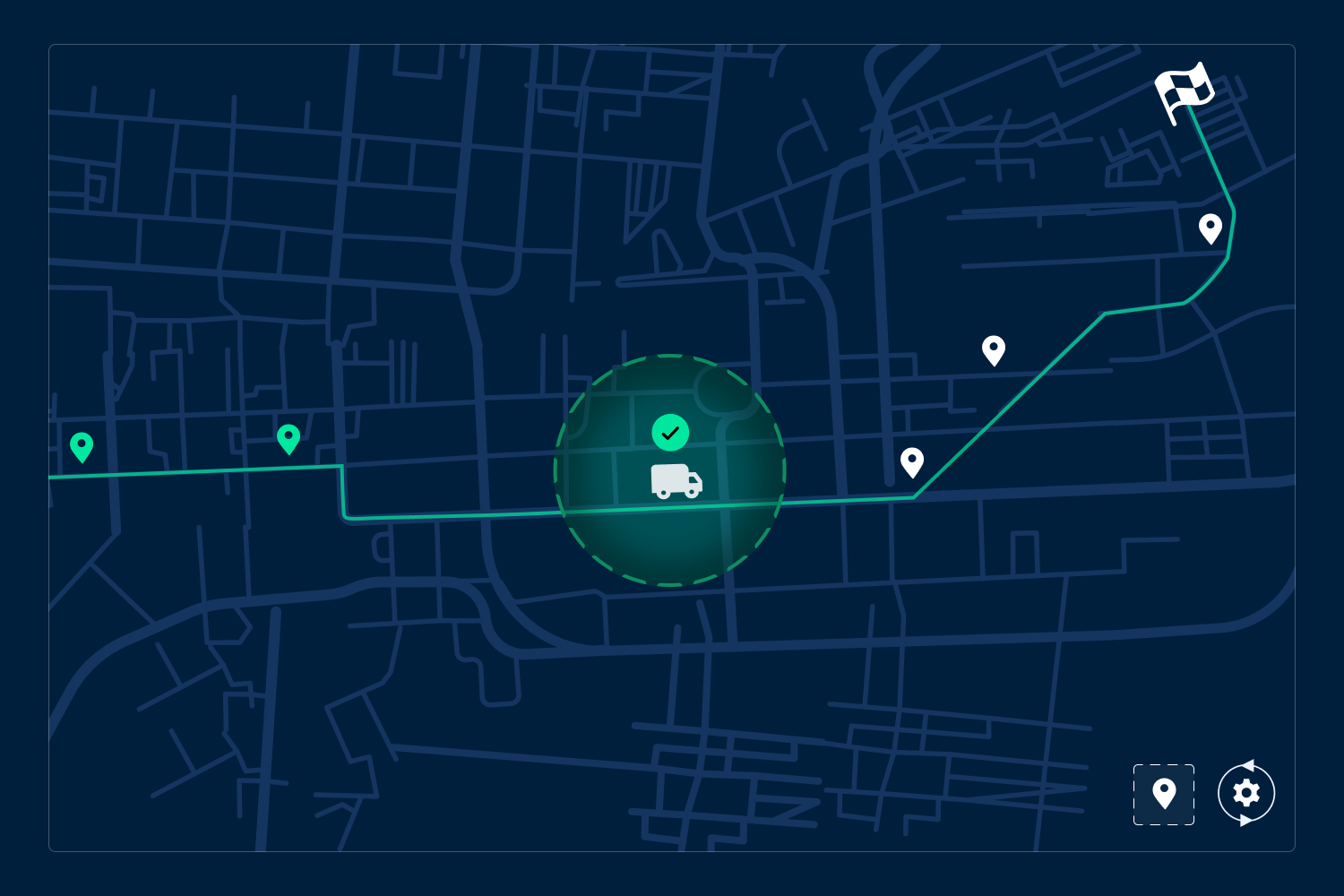Geofencing vs. Manual Stop Confirmations: Which Is Right for You?

When managing a fleet, service team, or delivery operation, it’s important to know exactly when a job starts and ends. For years, the go-to method has been manual stop confirmations, drivers tap a button, fill in a form, or call in to confirm they’ve arrived or completed a task.
But now, geofencing technology is changing the game. With a simple GPS boundary, software can automatically detect when a worker enters or leaves a job site.
This raises a key question for growing operations:
Should you rely on manual confirmations, or is it time to switch to geofencing?
In this post, we’ll break down both options, compare the pros and cons, and help you figure out which method fits your workflow best. Whether you’re running deliveries, field inspections, or waste collection routes, making the right choice can save time, improve accuracy, and help your team stay on track.
Geofencing vs. Manual Confirmations: Pros and Cons
When it comes to tracking stop times in logistics and field service, both geofencing and manual confirmations have their strengths. Here’s how they compare:
Speed and accuracy
- Geofencing automatically detects when a worker enters or exits a location using GPS, reducing the chance of missed logs or delays. It can improve timing accuracy without requiring manual input.
- Manual confirmations rely on workers to tap a button or submit a form, which can introduce errors if someone forgets. However, they offer more control and are often preferred in areas with poor GPS signal or strict security needs.
Efficiency in the field
- Geofencing helps teams move faster by automating updates, cutting down on paperwork, and reducing dispatcher follow-ups. Some companies have reported up to 30% improvement in delivery efficiency by using geofencing.
- Manual systems, while slower, allow workers to confirm details like delivery conditions, notes, or customer feedback on the spot, something automation may skip unless paired with additional steps.
Data and insights
- Geofencing delivers automatic timestamps and location data that can be used for reporting, route optimization, and performance analysis. The automated nature of geofencing means that data like time-on-site can be tracked without manual input so in theory this should create more reliable data.
- Manual confirmations provide user-verified input, which can be useful for more detailed reporting or in jobs where service confirmation includes specific tasks or notes. When it comes to time-on-site reporting, a tech might forget to start or end a job creating a reporting problem for both the field teams and office teams.
Worker experience
- Geofencing reduces the number of screens and taps, which can make work feel smoother and help prevent errors caused by multitasking.
- Manual confirmation gives workers more control and flexibility, especially in complex jobs where timing isn’t the only thing that matters.
By understanding the strengths of each method, you can choose the approach that best fits your team, your routes, and your customers. In many cases, the ideal setup may include both: geofencing for automation, and manual steps for added control when needed.

So, Which One Should You Choose?
Incorporating technology like geofencing GPS job tracking into your operations is 100% about context and how your business operates in the real-world. Choose what makes sense for you, your team, and your customers. In general:
- Pick geofencing if you want automatic, accurate tracking, less paperwork, faster response times, and better data.
- Stick with manual stops if you want to give more direct control to your field technicians. Manual confirmations are also beneficial in situations when GPS isn’t reliable (e.g., in indoor facilities) or secure sites where workers can’t use GPS devices.
Tip for OptimoRoute Users
If you are already an OptimoRoute user, we have good news for you: geofencing is available. OptimoRoute’s geofencing feature works with your routes and driver app automatically marking visit times and sending alerts. It blends automation with ease, saving time and boosting accuracy across the board. Reach out to us at support@optimoroute.com if you want to learn more about this feature and how to get started.
Try OptimoRoute™ for Free
No installation or credit card required


